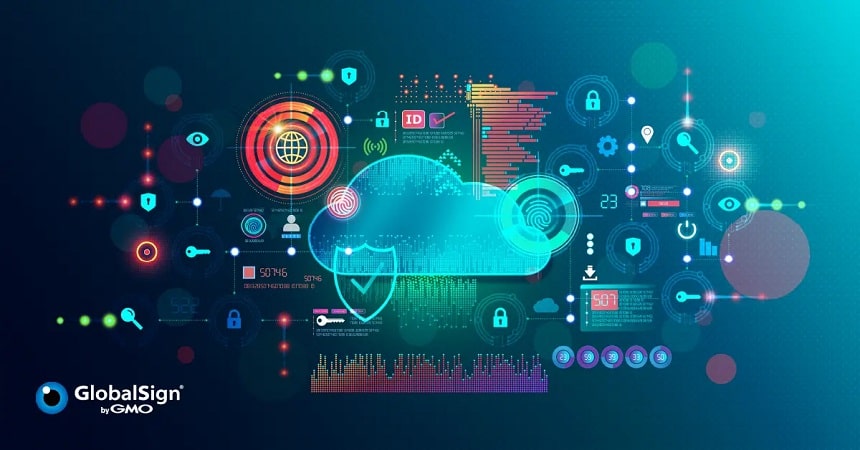In the rapidly metamorphosing realm of the digital cosmos, fortifying your online bastion has ascended to paramount importance.
As we traverse through the annals of 2024, the escalation of cyber malfeasance continues to cast formidable shadows over both individuals and enterprises. From catastrophic data breaches to insidious identity theft, the perils are magnified, and the ramifications are increasingly dire.
In this epoch of interwoven gadgets and ubiquitous online endeavors, cyber malefactors have honed their stratagems to a razor’s edge. These nefarious entities relentlessly hunt for chinks in the digital armor, whether via phishing subterfuge, pernicious software, or malevolent ransomware.
With the burgeoning expanse of social media platforms and the copious troves of personal data strewn across the digital expanse, the menace of identity theft looms larger than ever.
This discourse ventures into the most exigent cybersecurity perils of 2024 and proffers exhaustive methodologies to shield your personal and professional digital sanctuaries.
Emerging Cybersecurity Threats in 2024
1. Advanced Persistent Threats (APTs)
Advanced Persistent Threats (APTs) are highly sophisticated attacks that often target specific organizations or sectors. These threats involve prolonged and stealthy network intrusions aimed at stealing sensitive data or disrupting operations. In 2024, APTs have become more advanced, employing techniques such as:
- Zero-Day Exploits: Exploiting unknown vulnerabilities in software.
- Social Engineering: Manipulating individuals to gain access to confidential information.
- Advanced Malware: Using polymorphic and metamorphic malware to avoid detection.
2. Ransomware Evolution
Ransomware remains one of the most lucrative cyber threats. In 2024, ransomware attacks have evolved to include double extortion tactics, where attackers not only encrypt data but also threaten to release sensitive information if the ransom is not paid. Key developments include:
- Ransomware-as-a-Service (RaaS): Enabling even non-expert hackers to launch attacks.
- Targeted Attacks: Focusing on high-value targets such as healthcare and finance sectors.
- Cryptocurrency Demands: Increasing use of cryptocurrencies for ransom payments to maintain anonymity.
3. Internet of Things (IoT) Vulnerabilities
The proliferation of IoT devices has introduced numerous vulnerabilities. In 2024, IoT devices, ranging from smart home gadgets to industrial sensors, are prime targets for cybercriminals. Key concerns include:
- Lack of Standardization: Inconsistent security standards across devices.
- Weak Authentication: Use of default passwords and weak authentication mechanisms.
- Firmware Exploits: Exploiting vulnerabilities in device firmware for unauthorized access.
4. Cloud Security Risks
As more businesses migrate to cloud services, the security of cloud infrastructure becomes paramount. The primary risks in 2024 include:
- Data Breaches: Unauthorized access to sensitive data stored in the cloud.
- Misconfigurations: Incorrectly configured cloud settings leading to vulnerabilities.
- Insider Threats: Employees or contractors exploiting their access to cause harm.
5. Phishing and Spear Phishing
Phishing attacks have become increasingly sophisticated in 2024, often leveraging social media and advanced data mining techniques to craft highly personalized attacks. Spear phishing targets specific individuals within an organization, making these attacks particularly dangerous. Key tactics include:
- Deepfake Technology: Using AI-generated audio and video to impersonate trusted figures.
- Credential Harvesting: Stealing login credentials through deceptive emails or websites.
- Business Email Compromise (BEC): Exploiting corporate email systems to authorize fraudulent transactions.
Strategies to Protect Your Digital Identity
1. Implement Multi-Factor Authentication (MFA)
Multi-Factor Authentication (MFA) adds an extra layer of security by requiring users to provide multiple forms of verification before accessing accounts. This significantly reduces the risk of unauthorized access even if credentials are compromised.
2. Regular Software Updates and Patch Management
Keeping software and systems up to date is crucial in mitigating vulnerabilities. Regularly applying security patches ensures that known vulnerabilities are addressed promptly, reducing the attack surface for cybercriminals.
3. Strong and Unique Passwords
Using strong, unique passwords for different accounts can prevent attackers from gaining access through credential stuffing attacks. Consider using a password manager to generate and store complex passwords securely.
4. Employee Training and Awareness
Educating employees about cybersecurity best practices is essential. Regular training sessions can help employees recognize and respond to phishing attempts, social engineering tactics, and other common threats.
5. Secure Backup Solutions
Regularly backing up data to a secure location can mitigate the impact of ransomware attacks. Ensure that backups are stored offline or in a manner that prevents them from being targeted by the same attack.
6. Network Segmentation
Dividing a network into smaller, isolated segments can limit the spread of malware and reduce the impact of a breach. Implementing strict access controls and monitoring within each segment enhances overall security.
7. Continuous Monitoring and Incident Response
Implementing continuous monitoring solutions can help detect unusual activity and potential breaches in real-time. Having a robust incident response plan ensures that any detected threats are swiftly addressed to minimize damage.
8. Encrypt Sensitive Data
Encrypting sensitive data, both in transit and at rest, ensures that even if data is intercepted or accessed without authorization, it remains unreadable and unusable to the attacker.
9. Secure IoT Devices
Ensure that IoT devices are securely configured and regularly updated. Disable unnecessary features, change default passwords, and use strong authentication methods to protect these devices from exploitation.
10. Vet Third-Party Vendors
Third-party vendors can introduce significant risks. Conduct thorough security assessments and ensure that vendors comply with robust cybersecurity standards before granting them access to your systems and data.
Well, safeguarding your digital identity is paramount in today’s interconnected world. By staying informed about the latest cybersecurity threats and implementing proactive security measures, you can minimize the risk of falling victim to identity theft and other malicious activities.
Remember, protecting your digital identity is not just about safeguarding your personal information—it’s about safeguarding your peace of mind and ensuring a secure online experience for yourself and your loved ones.











